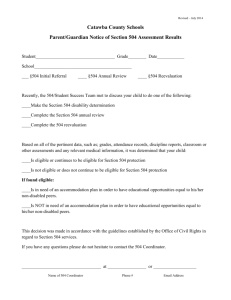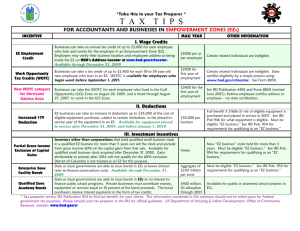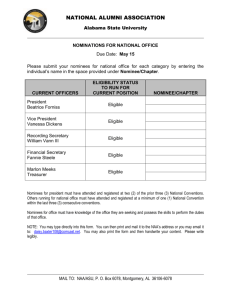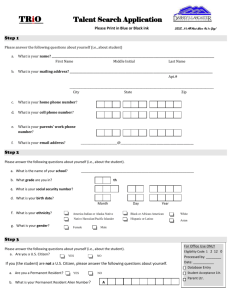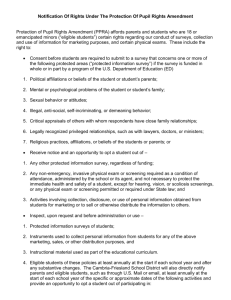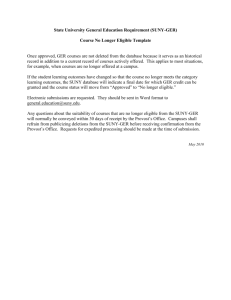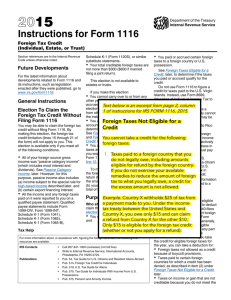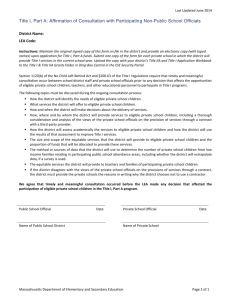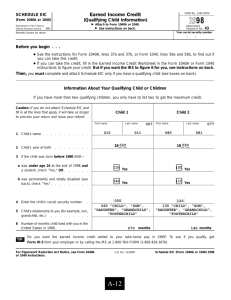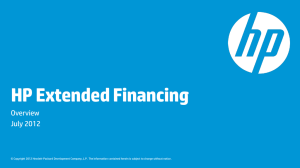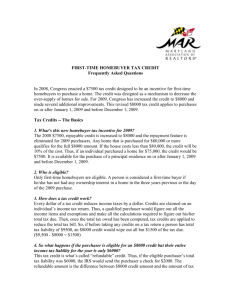Tax Benefit
advertisement
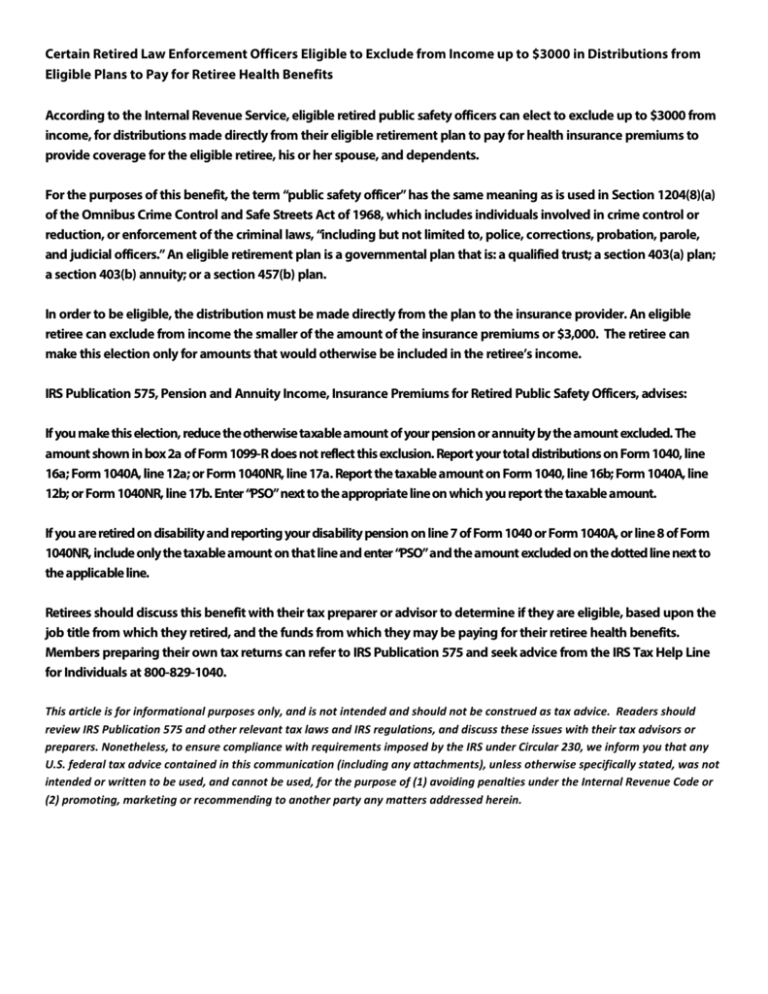
Certain Retired Law Enforcement Officers Eligible to Exclude from Income up to $3000 in Distributions from Eligible Plans to Pay for Retiree Health Benefits According to the Internal Revenue Service, eligible retired public safety officers can elect to exclude up to $3000 from income, for distributions made directly from their eligible retirement plan to pay for health insurance premiums to provide coverage for the eligible retiree, his or her spouse, and dependents. For the purposes of this benefit, the term “public safety officer” has the same meaning as is used in Section 1204(8)(a) of the Omnibus Crime Control and Safe Streets Act of 1968, which includes individuals involved in crime control or reduction, or enforcement of the criminal laws, “including but not limited to, police, corrections, probation, parole, and judicial officers.” An eligible retirement plan is a governmental plan that is: a qualified trust; a section 403(a) plan; a section 403(b) annuity; or a section 457(b) plan. In order to be eligible, the distribution must be made directly from the plan to the insurance provider. An eligible retiree can exclude from income the smaller of the amount of the insurance premiums or $3,000. The retiree can make this election only for amounts that would otherwise be included in the retiree’s income. IRS Publication 575, Pension and Annuity Income, Insurance Premiums for Retired Public Safety Officers, advises: If you make this election, reduce the otherwise taxable amount of your pension or annuity by the amount excluded. The amount shown in box 2a of Form 1099-R does not reflect this exclusion. Report your total distributions on Form 1040, line 16a; Form 1040A, line 12a; or Form 1040NR, line 17a. Report the taxable amount on Form 1040, line 16b; Form 1040A, line 12b; or Form 1040NR, line 17b. Enter “PSO”next to the appropriate line on which you report the taxable amount. If you are retired on disability and reporting your disability pension on line 7 of Form 1040 or Form 1040A, or line 8 of Form 1040NR, include onlythe taxable amount on that line and enter “PSO”andthe amount excluded on the dotted line next to the applicable line. Retirees should discuss this benefit with their tax preparer or advisor to determine if they are eligible, based upon the job title from which they retired, and the funds from which they may be paying for their retiree health benefits. Members preparing their own tax returns can refer to IRS Publication 575 and seek advice from the IRS Tax Help Line for Individuals at 800-829-1040. This article is for informational purposes only, and is not intended and should not be construed as tax advice. Readers should review IRS Publication 575 and other relevant tax laws and IRS regulations, and discuss these issues with their tax advisors or preparers. Nonetheless, to ensure compliance with requirements imposed by the IRS under Circular 230, we inform you that any U.S. federal tax advice contained in this communication (including any attachments), unless otherwise specifically stated, was not intended or written to be used, and cannot be used, for the purpose of (1) avoiding penalties under the Internal Revenue Code or (2) promoting, marketing or recommending to another party any matters addressed herein.
